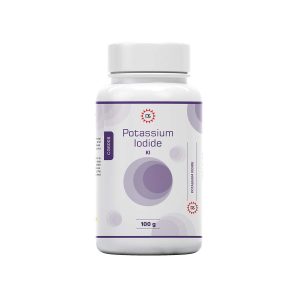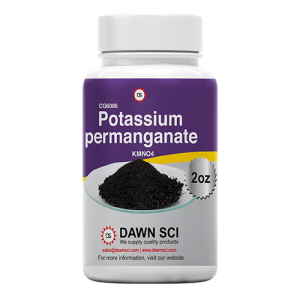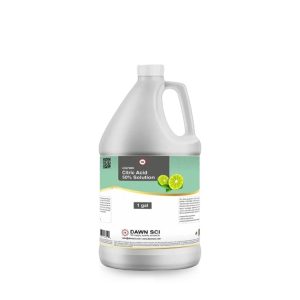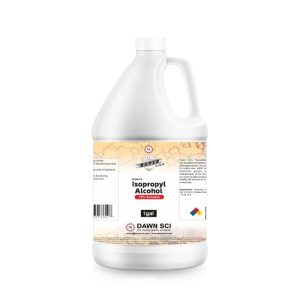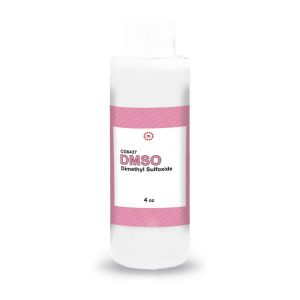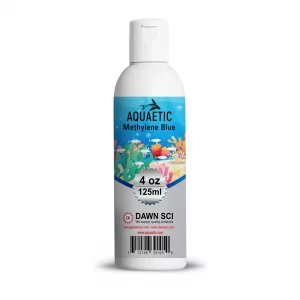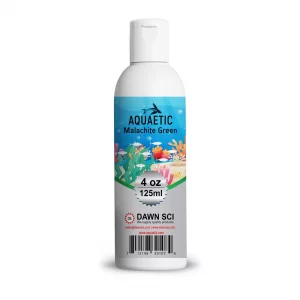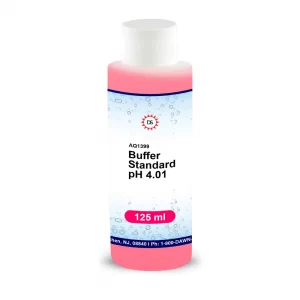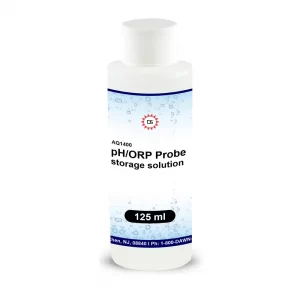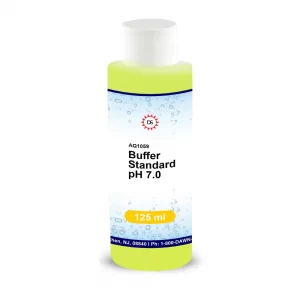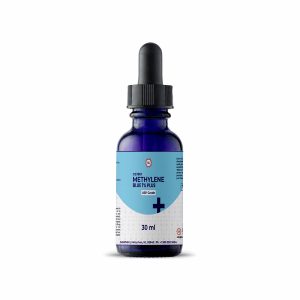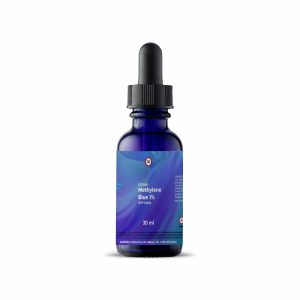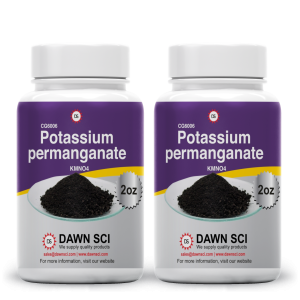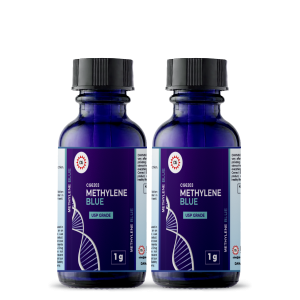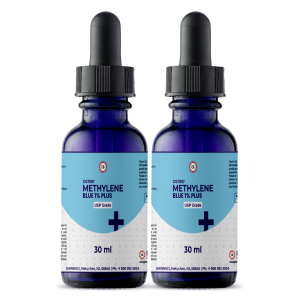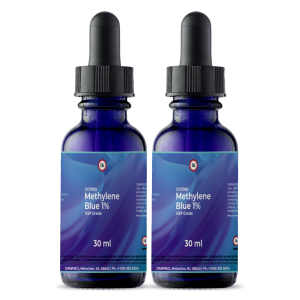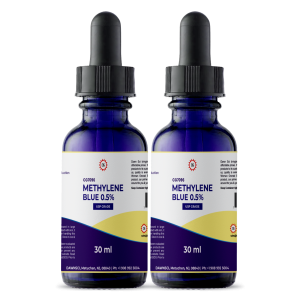What is Methylene blue?
Methylene blue is a dark green colored powder which gives blue colored solution in water. It is a formal derivative of phenothiazine. It is also called Methylthioninium chloride. It is a salt which used as a dye to stain and inactivate certain microbes. It is commonly used to treat pediatric and adult patients with acquired methemoglobinemia. It is widely used as a Redox indicator in analytical chemistry. It was originally developed as a dye to color clothing. Later, it was used by researchers as a stain for identifying bacteria and parasites. Methylene blue belongs to the class of compounds known as “Phenothiazine’s” and more particularly “Diamino Phenothiazine’s”.
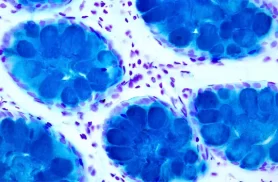
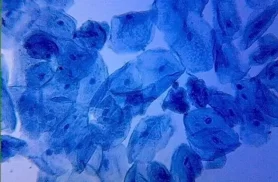

Uses of Methylene blue for Humans
The utilization of Methylene blue as a pharmaceutical agent for the treatment of diverse medical disorders in humans is a prevalent practice. Its administration is primarily conducted through intravenous infusion, typically for a limited duration, depending upon the specific purpose for which it is being employed. Additionally, it is occasionally employed orally and topically in certain circumstances.
Disclaimer : The dawnsci.com blogs and everything published on it is provided as an information resource only. The blog, its authors and affiliates accept no responsibility for any accident, injury or damage caused in part or directly from following the information provided on this website. We do not recommend using any chemical without first consulting the Material Safety Data Sheet which can be obtained from the manufacturer and following the safety advice and precautions on the product label. If you are in any doubt about health and safety issues, please consult the Health & Safety Executive (HSE).

